The content of the article
Sand ephs are poisonous snakes that are among the most dangerous reptiles on the planet. An efa bite is fatal to humans. Also one of the features of this type of snake is that they are not at all afraid to use their sharp and poisonous teeth against opponents, which are many times more.
Sandy efa belongs to the order of scaly snakes (viper family). The optimal living conditions for this reptile is a rather arid climate, which is confirmed by the area of its distribution (African deserts and wastelands, southern regions of Asia).
Appearance
The climate features in the area in which the sandy efa lives have influenced not only its behavior, but also its appearance. The main body colors of this very dangerous reptile are light, often with a characteristic golden hue. An intricate zigzag dark pattern stretches along the entire length of the snake, contrasting quite strongly with the light colors of the snake. It should also be noted that the entire surface of the snake skin is covered with scales, with a characteristic ribbed structure, helping this poisonous snake to regulate the temperature, which is important in the conditions of living in an arid climate.
Although efa is a dangerous sand predator, this snake has rather modest dimensions, for example, the length indicators of even the largest individuals do not exceed 800 mm. Nevertheless, such small sizes are quite justified, which is explained by the fact that representatives of this species exist in conditions with rather limited natural resources.
Habitat
Who is the snake hunting for?
Like most species of the viper family, sand efa, in fact, is a born hunter, cleverly hunting for the prey necessary for food. The main diet of this reptile is insects, which are easiest to catch. The larger inhabitants of the animal world are not so attractive for efa as prey, mainly because the snake is too modest in size. Nevertheless, this does not mean that the efa is not able to kill them - the poison of this creeping predator is able to kill an adult horse almost instantly. Therefore, if efa hunts animals, then in this case various small rodents become its prey.
Behavior features
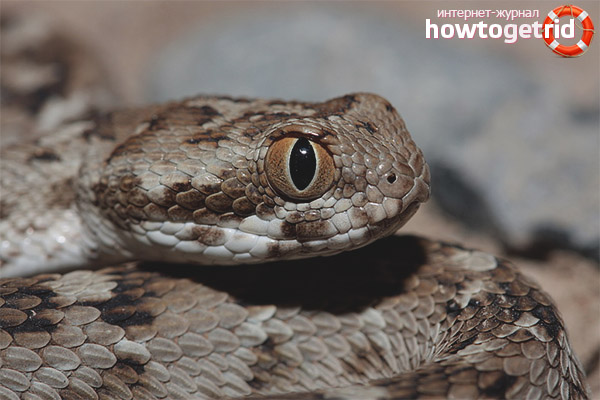
Efa, as mentioned above, is a fairly active snake that can hunt both day and night, which, in fact, distinguishes this reptile from related species that prefer to divide the daily cycle into periods that involve rest and hunting. At the same time, efa does not lose its activity even after a dense meal.
Another feature of efa is that this reptile does not hibernate, this is mainly due to the climatic conditions of the area in which this reptile lives and which actually do not affect the metabolism of a creeping reptile. However, if a sufficiently serious drop in temperature occurs, the snake, as a rule, stops traveling and takes refuge in some small crevice among the stones.
Breeding
Danger to humans
Efa is one of the most dangerous snakes on earth and, accordingly, its bite poses a huge threat to human life. Timely not provided professional medical care, as a rule, leads to death. At the same time, the victim often suffers rather severe pain and torment after a bite of a reptile, which is explained by the presence of toxins in the venom of the efa that destroy blood cells.
Video: sandy efa (Echis carinatus)

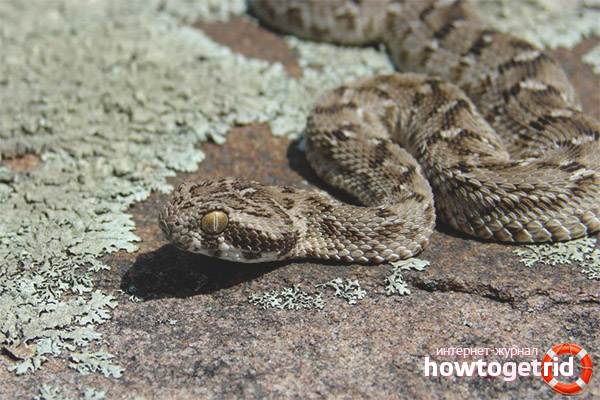

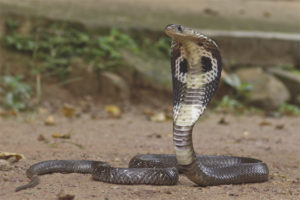
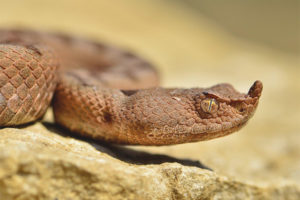
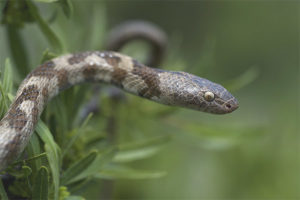
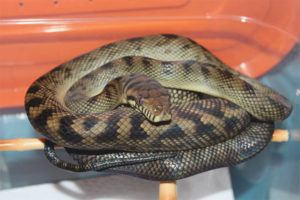
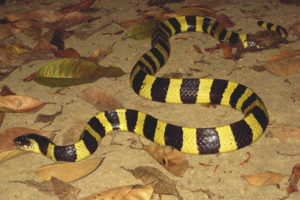

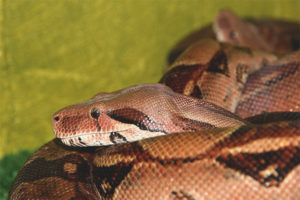
Submit